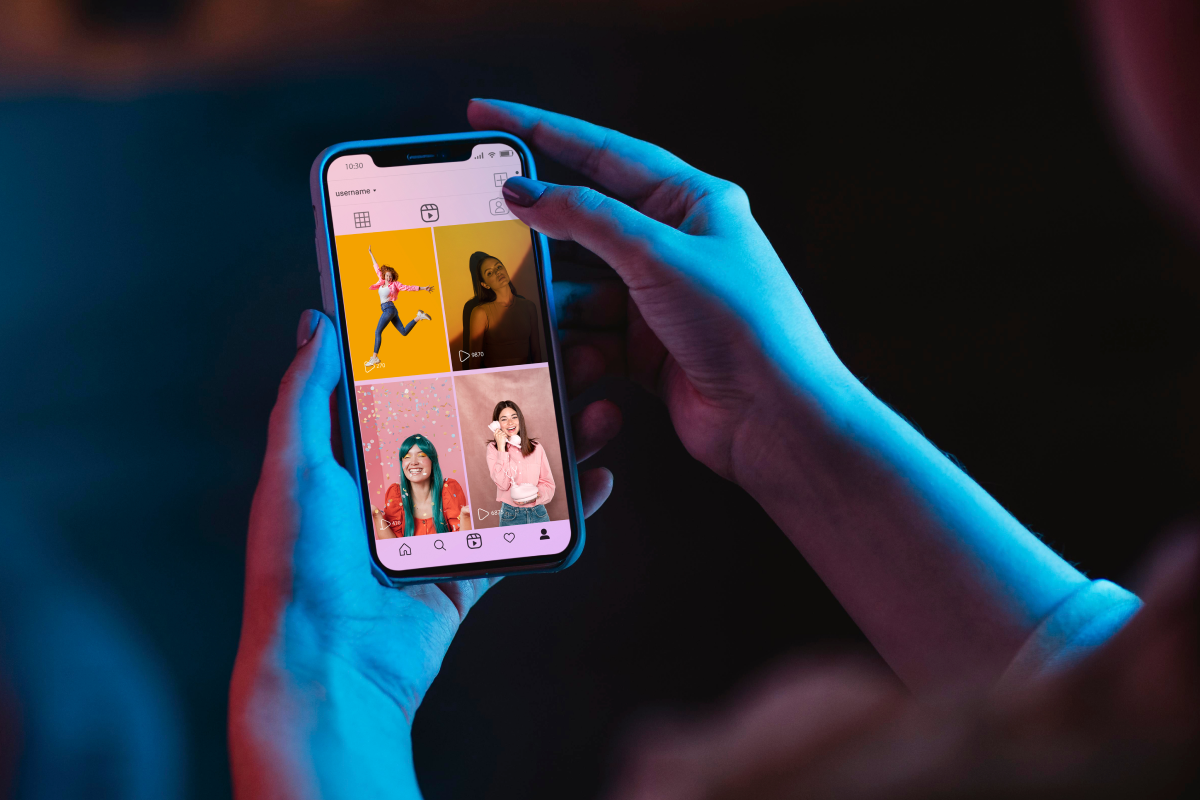To an average user, the product design process seems nothing more than a few strokes of artistic brilliance on the digital canvas. However, the actual process takes much more effort and demands answers to some questions, like who our users are and what’s their problem.
As statistics shows, the result is worth the effort: according to Forrester Research, good UX increases the conversion rate by almost 400%.
So how do you build a product design process to yield great results? This article will unveil the steps and tasks to be done for effective UX.
What is Product Design?
Product design is a multi-step process of identifying the users’ problems, developing a solution, and validating it with users. This is a comprehensive development that has many components to it, with UX and UI being the main constituents.
Difference between the UI and UX design
Before plunging into the product design process, it pays to outline the difference between the UI and UX design. Both are sides of the same coin, yet they play different roles in product design.
.png)
UI design: Visuals Matter
The UI design relates to the visual aesthetics and feels a user gets from the product’s interface. This part of design reflects the visual touchpoints where the user interacts with an app. It is mostly focused on typography, color palettes, buttons, animations, and imagery.
UX Design: Functionality First
Imagine you see a sketch of a beautiful house, with decorated rooms and deftly-carved windows. But once you enter the house, it turns out there is no door leading from the guest room to the kitchen, which makes moving around the house an issue. The same stumbling blocks may occur in the app flow, which is why UX design is needed.
UX design stands for the app flow's functionality and makes sure the user accomplishes his/her goals while using the app. While UI is about the aesthetic and feel of the app, UX relates to the navigation. Building a great UX design process requires profound research into user needs. This is where the User-centered design comes from.

What is User-Centered Design? (UCD)
You can do great things, but if they do not satisfy anyone, do they matter?
This is the focal point of the user-centered design: all design concepts should stem from the user's needs and bring solutions to his/her problems.
When you know the person you are designing for, the process of product design brings results. This is where empathy to the user plays an important role at every stage of the design. You need to be really close with your user.
Developing close relations with the user takes time and funds, which not every business is poised to invest. However, such a contribution usually pays off in high conversion and quality leads.

As David Benyon, a professor with over 25 years of experience in the field of HCI, states:
“Being human-centred is an additional cost to any project, so businesses rightly ask whether taking so much time to talk to people, produce prototype designs and so on is worthwhile. The answer is a fundamental ‘yes’.”
What is Lean UX Design Process
Before we move on to product design stages, there is one more approach (or a mindset, to be exact), which is worth attention – Lean UX.
Lean UX is coined by Janice Fraser, a UX industry expert, which means the product design process methodology is adapted to lean startups.
In essence, Lean UX states that you need to turn your idea into a hypothesis before you build a product to validate it further. This again is another facet of human-centered design: before you create something, make sure it will work.
Obviously, when you want to improve something, you need to figure out what did not work. The same applies in lean design: you outline what went wrong via experiments.
This approach's primary purpose is to get feedback as soon as possible to make quick decisions. The product design process thus moves by small iterations resulting in a better product each time.

Role of Product Discovery in Product Design Process
The product design process begins with discovery. You might be wondering, why not start building an app right off the bat? Well, you could do that, but how do you know your product will satisfy the user?
Imagine you want to build a bird box to hang on the tree branch where birds could nest and eat. While the idea is excellent, you need to make sure the measurement and weight are right, and the birds could physically land in there.
The same works with the product design process – you need to know the requirements for your product. The Discovery stage is a perfect way to do that.
Helping to discover user’s needs, identify the problems, and validate the solutions is what product discovery is about. Thus, product discovery is actually the procedural embodiment of the Human-Centered and Lean UX theories.

5 Steps to Product Design Process that Works
So how do all the above-mentioned approaches combine in one smooth product design process? Here are 5 steps that implement them.

Step 1. Defining the Product’s Vision
Every product needs a vision, that sets the direction and tone for the production as a whole. By vision, we mean the solution delivered to the user’s problem, and the emotion users get while using the app.
The product’s vision is important as it helps to set the whole team's requirements of what needs to be built and why. At the same time, it helps to filter out what we are not building. Setting the boundaries at the outset helps to stay focused when building the product.
However, vision is only part of the equation. The vision works in pairs with strategy. Strategy defines the journey of the product as well as the expected results.
Uptech’s protip. To find out who our users are and what problem we are trying to solve by asking the stakeholders to fill in two documents: Problem Statement and Assumption Worksheet. These are notes that contain some basic questions on the client’s knowledge of the project. Here is how they look.


Step 2. Conducting User Research
You can never know your user too much. The first thing you can do to learn about your user is making a general analysis of the existing market, trends, and competitors. This general overview of the market helps us compose the user's portrait we are building the product for.
Uptech’s protip: With all information collected during market research, we hold a Product Studio Session workshop, where designers, stakeholders, product managers, and developers discuss the possible solutions to the problems.
The workshop ends with such deliverables as:
- User Proto-persona/Persona – our best guess of who we are designing the product for. This is a live document that can be altered throughout the project;

- Value Proposition Canvas (VPC) – this document reflects which goals a user completes moving along the app flow, as well as customer pains and relievers we can offer;

- Customer Journey Map (CJM) – this is a visualization of every point of interaction with an app that the user experiences to accomplish his/her goal. This document is an excellent tool for a UX designer to look at the product from the user's perspective and identify gaps from their point of view.

Step 3.Prototyping
Making prototypes is an essential step in the product design process, no less as design development itself. A prototype is not the ultimate result of the design, but rather a sketch that's meant to go through multiple tests. Thanks to these tests, it is easier to avoid certain mistakes in the future.
Uptech’s Protip: The prototypes vary depending on the type of testing we need to conduct. Typically, we use paper and digital prototypes for user tests. Unlike digital prototypes, they help to validate the concept faster and instantly start with the templates and development. Meanwhile, digital prototypes take more time to develop but imitate the actual app behavior to test the interaction.
Step 4. Testing
As the assumption-based stage of the product design process is done, the empirical part starts. This is an all-comprehensive stage of the product design cycle that besides classic testing may include other methods of research. They can be interviews, card-sorting, surveys, or other methods, depending on the project goals and restrictions.
Testing samples are developed in numerous iterations until they fully match all the requirements and collect sufficient positive feedback from users.
Uptech’s protip: While testing each product iteration, we find new details about the users and add new features into the next iteration.
All these phases of the design process go round by iterative cycles until the most satisfactory solution is found.
.jpeg)
Step 5. Starting the Production/Development
Once the product idea has been validated, and user feedback from tests is positive, you can move on to delivery. This is where you build mockups, write the text, check if the mockups' colors align with the brand identity.
.png)
Uptech’s Protip: In theory, the Discovery, Testing, and Delivery processes follow one another. But in practice, we streamline these phases into one smooth production design process.
Conclusion
On the one hand, the product design process is strictly structured, where phases of discovery, testing, and delivery go one after another. However, at Uptech, inspired by the Agile spirit, we managed to make design production flexible and creative. We are always eager for new projects, so let us know if you have one in mind.

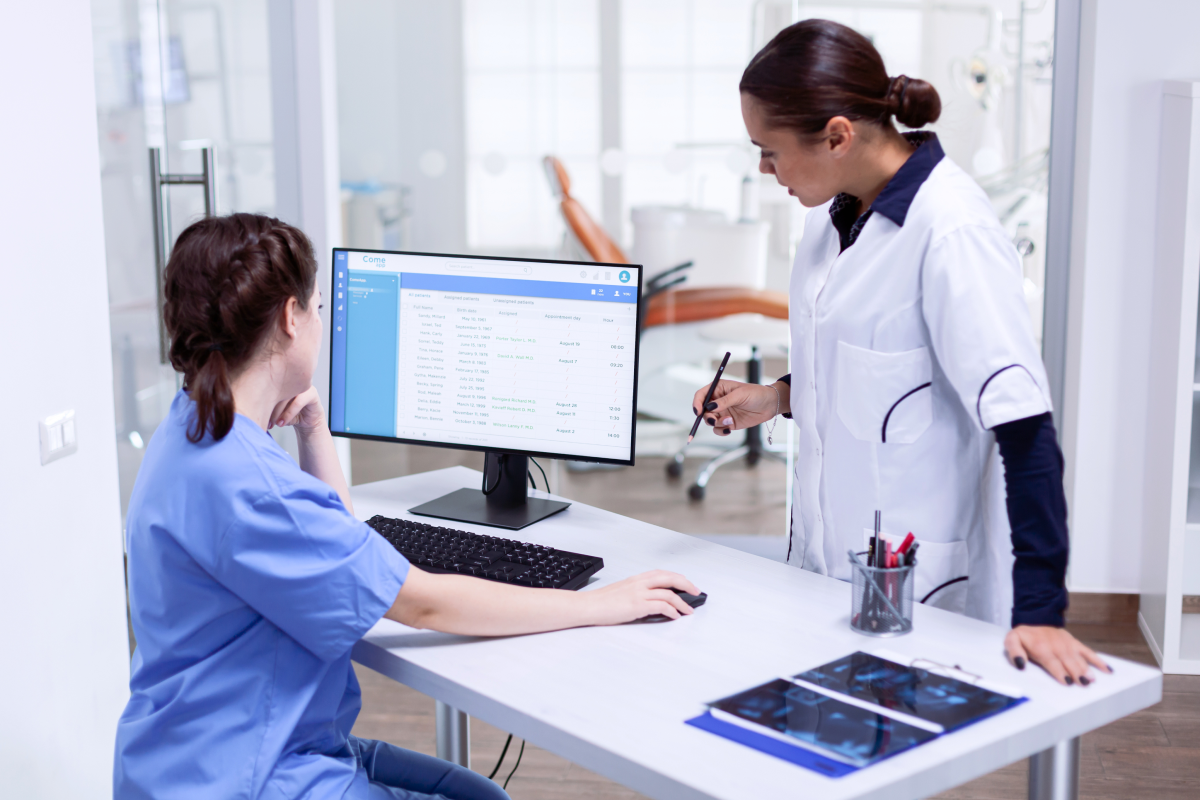


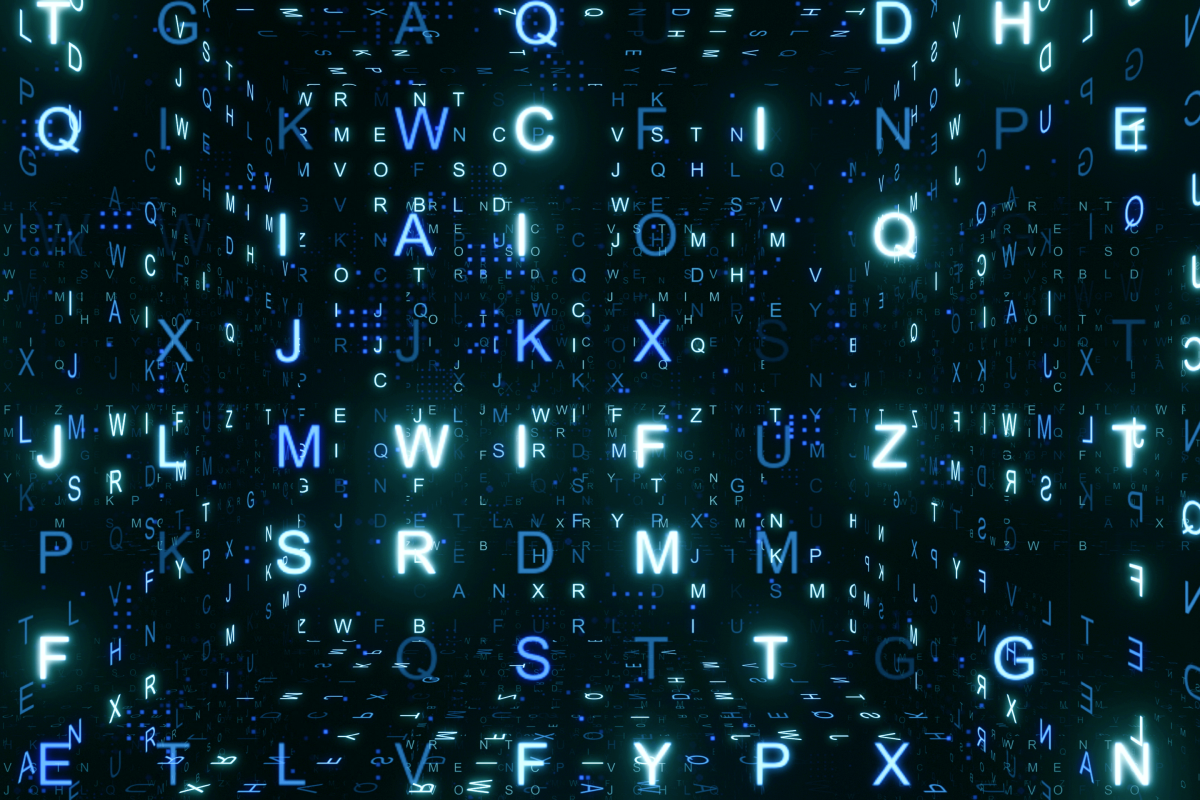
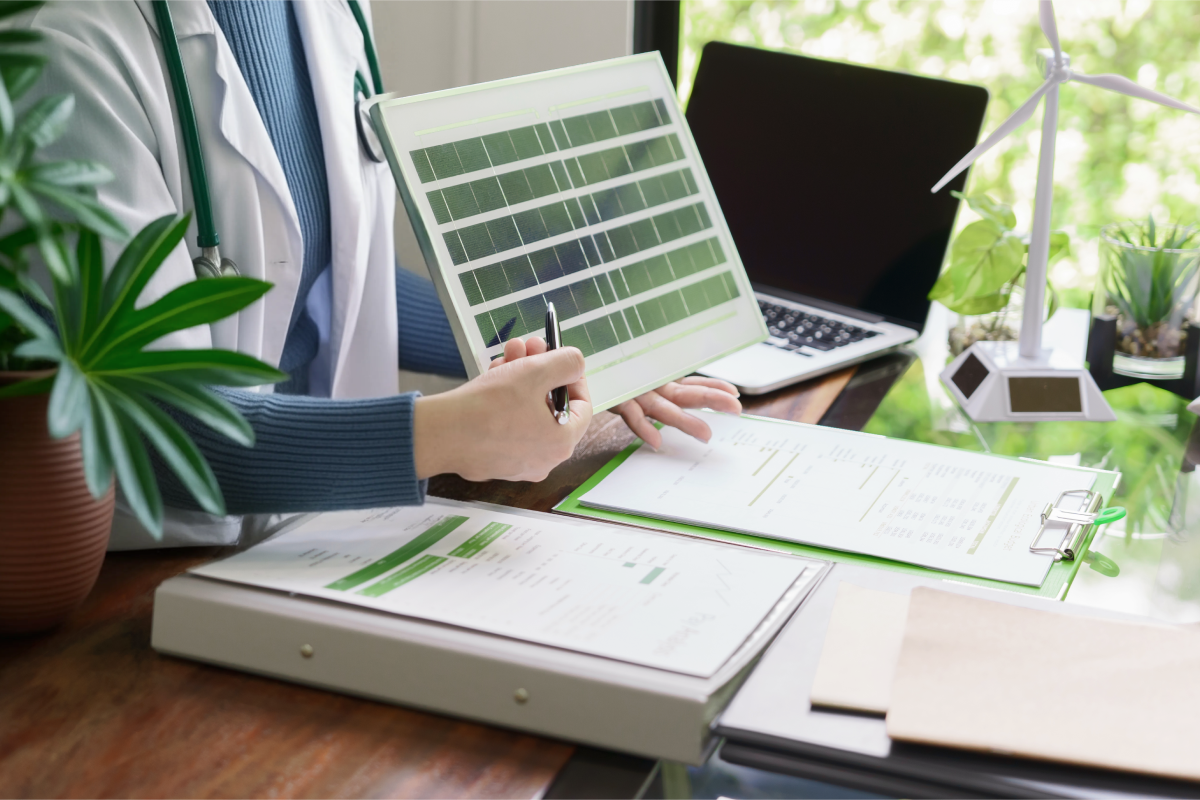


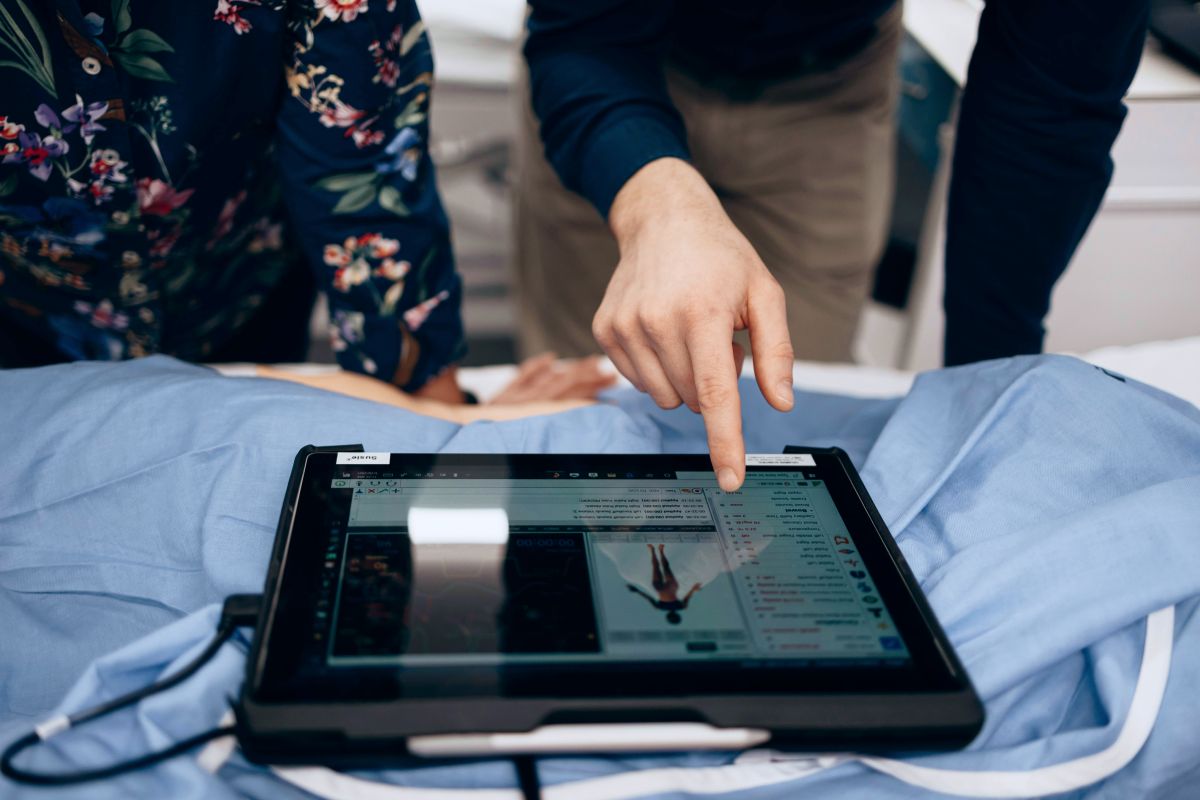

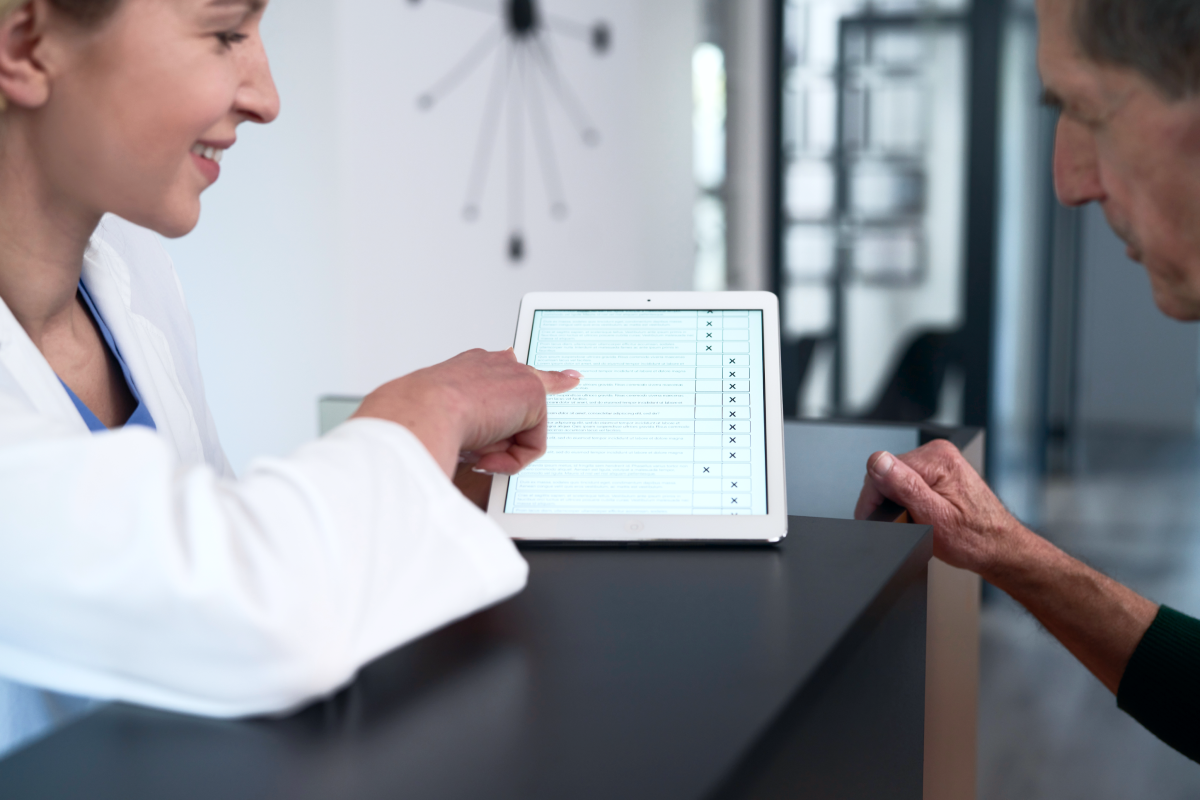
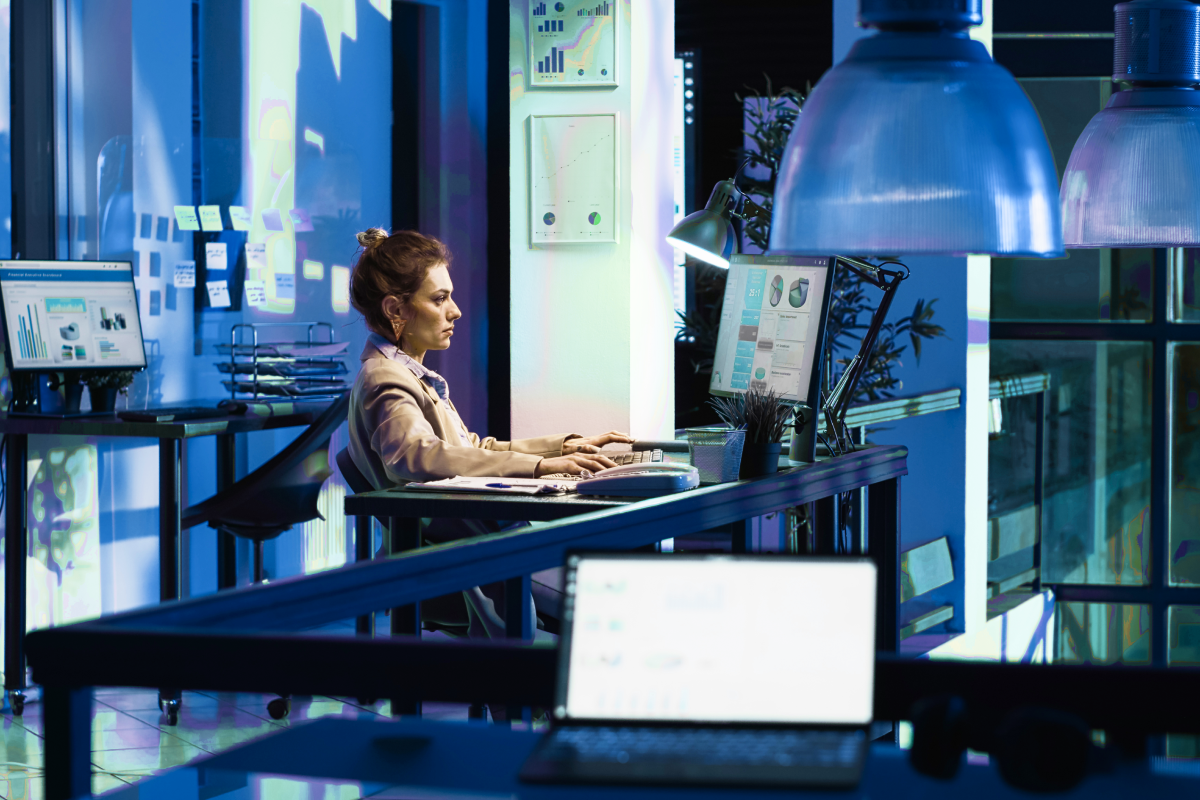
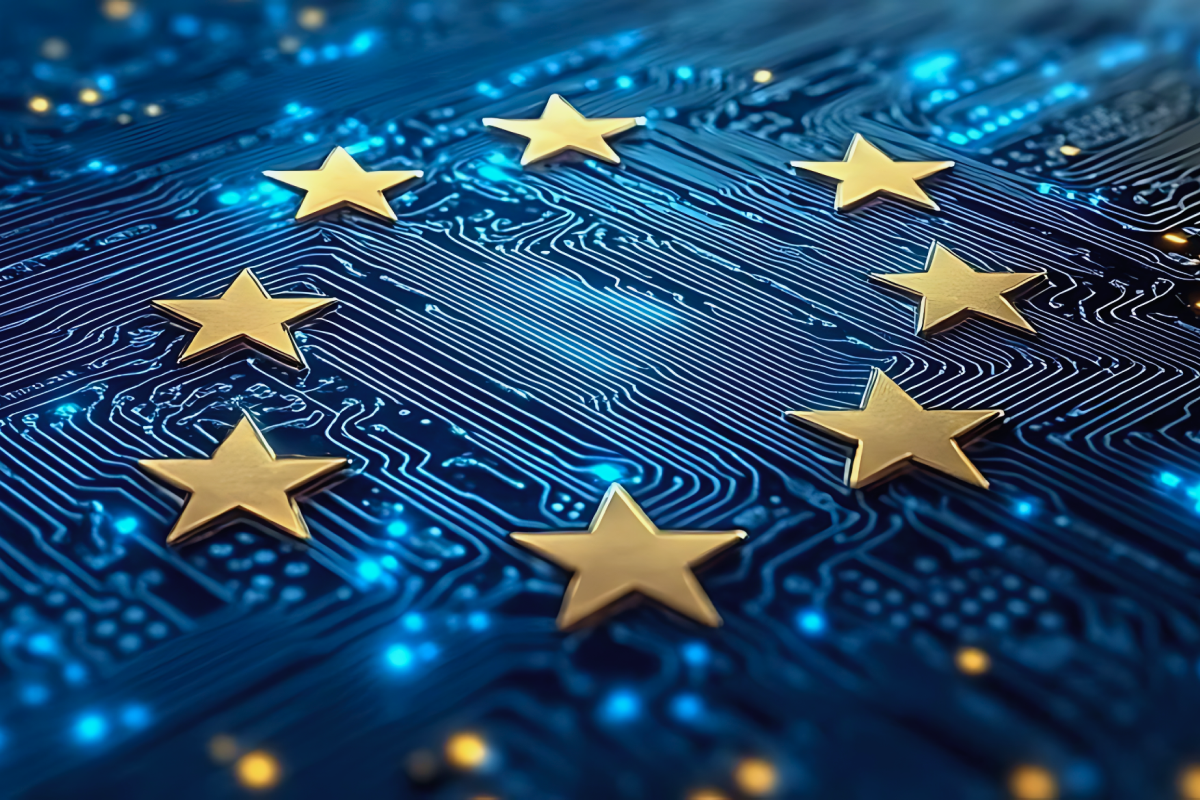











































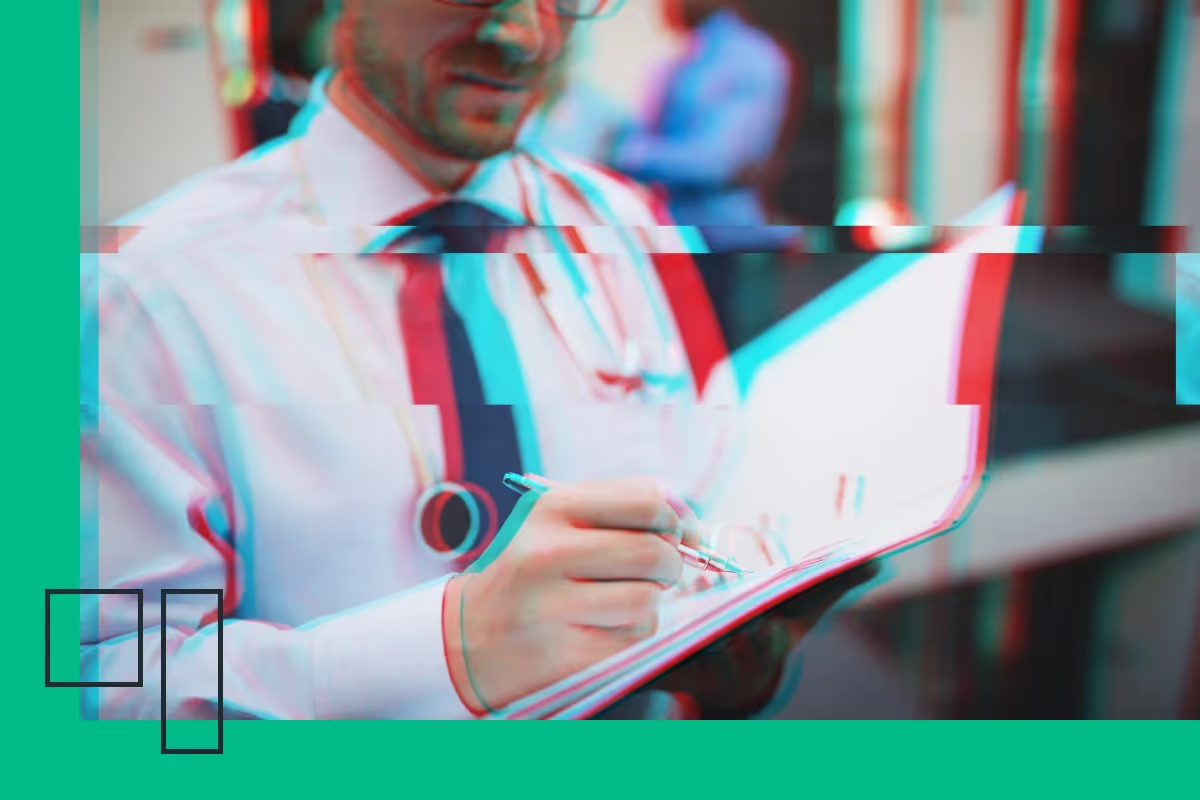
























.avif)
















